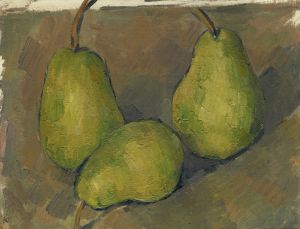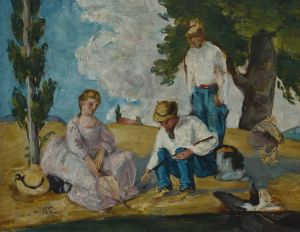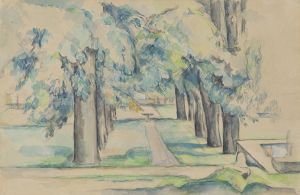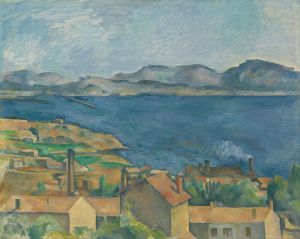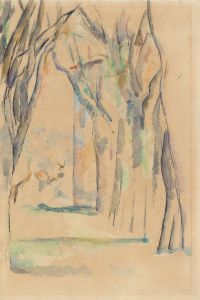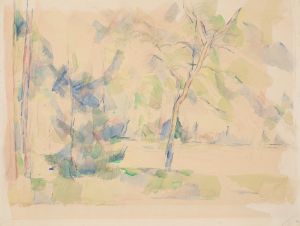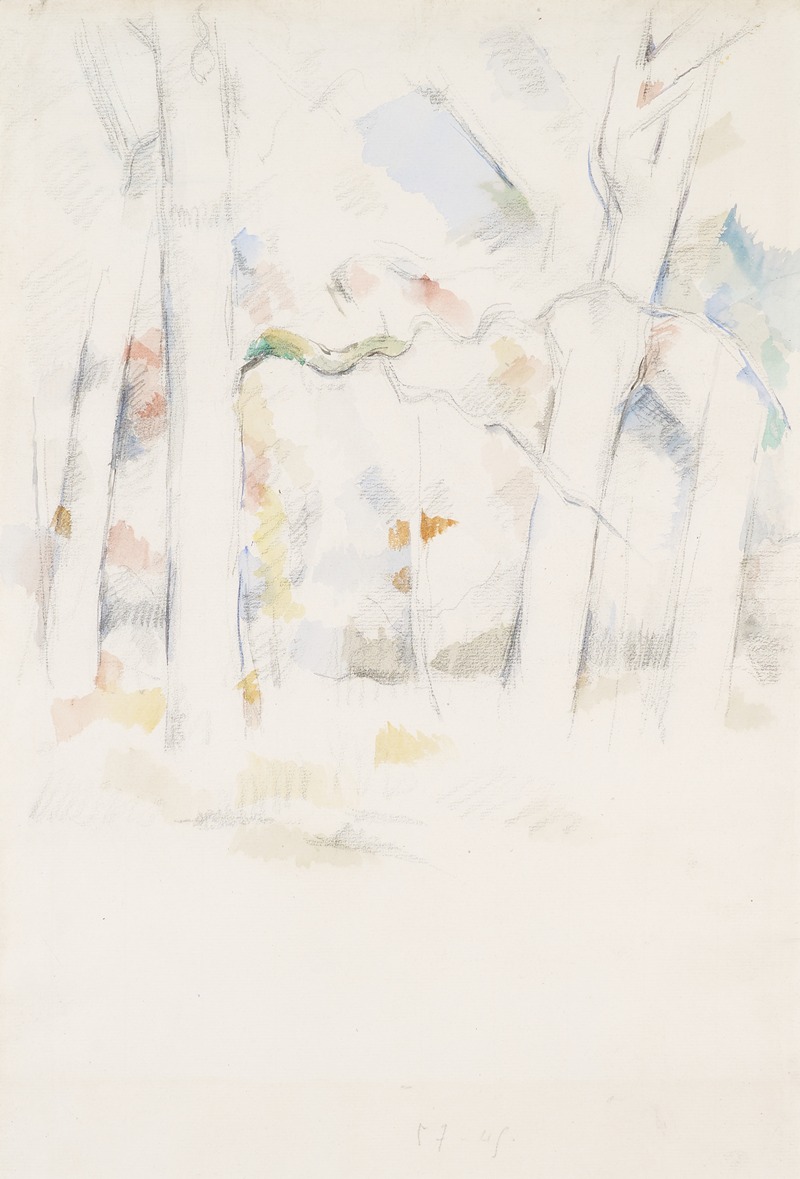
Sous-bois
A hand-painted replica of Paul Cézanne’s masterpiece Sous-bois, meticulously crafted by professional artists to capture the true essence of the original. Each piece is created with museum-quality canvas and rare mineral pigments, carefully painted by experienced artists with delicate brushstrokes and rich, layered colors to perfectly recreate the texture of the original artwork. Unlike machine-printed reproductions, this hand-painted version brings the painting to life, infused with the artist’s emotions and skill in every stroke. Whether for personal collection or home decoration, it instantly elevates the artistic atmosphere of any space.
Paul Cézanne's Sous-bois (translated as "Underwood" or "Wooded Area") is a painting that reflects the artist's deep engagement with nature and his innovative approach to landscape painting. Cézanne, often referred to as the "father of modern art," was a French Post-Impressionist painter whose work laid the foundation for the transition from 19th-century Impressionism to the 20th century's new artistic movements, such as Cubism.
The painting Sous-bois is believed to have been created during the late 19th century, a period when Cézanne was increasingly focused on capturing the essence of the natural world. The work depicts a wooded scene, characterized by dense foliage, dappled light, and a sense of depth achieved through Cézanne's unique use of color and brushwork. Rather than aiming for photographic realism, Cézanne sought to convey the structure and underlying geometry of the landscape. His technique involved building forms through small, deliberate brushstrokes, creating a mosaic-like effect that gives the painting its distinctive texture and vibrancy.
Cézanne often painted en plein air (outdoors), and Sous-bois is consistent with his practice of immersing himself in the landscape to observe and interpret its forms directly. The painting exemplifies his interest in exploring the interplay between light, shadow, and color, as well as his commitment to capturing the dynamic relationship between the natural environment and the viewer's perception of it.
While specific details about the exact location depicted in Sous-bois are not documented, it is likely that the scene was inspired by the forests and countryside of Cézanne's native Provence in southern France. This region, with its rugged terrain and Mediterranean vegetation, was a constant source of inspiration for the artist throughout his career.
The significance of Sous-bois lies in its demonstration of Cézanne's departure from traditional landscape painting conventions. By emphasizing the structural elements of the scene and deconstructing it into its fundamental shapes and colors, Cézanne paved the way for future artists to experiment with abstraction and new ways of seeing.
Today, Sous-bois is recognized as an important example of Cézanne's contribution to the evolution of modern art. The painting is held in various private and public collections, though its exact current location may vary depending on exhibitions and loans. Cézanne's work, including Sous-bois, continues to be celebrated for its profound influence on the development of 20th-century art movements and its enduring ability to inspire viewers and artists alike.






